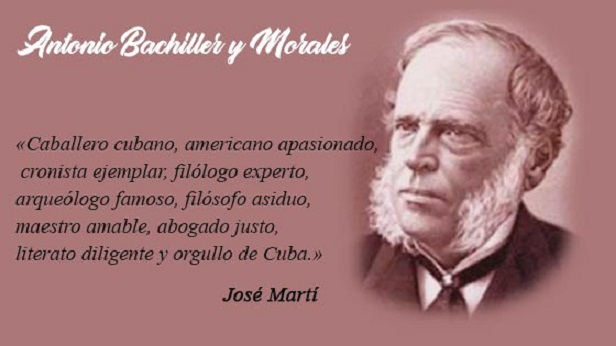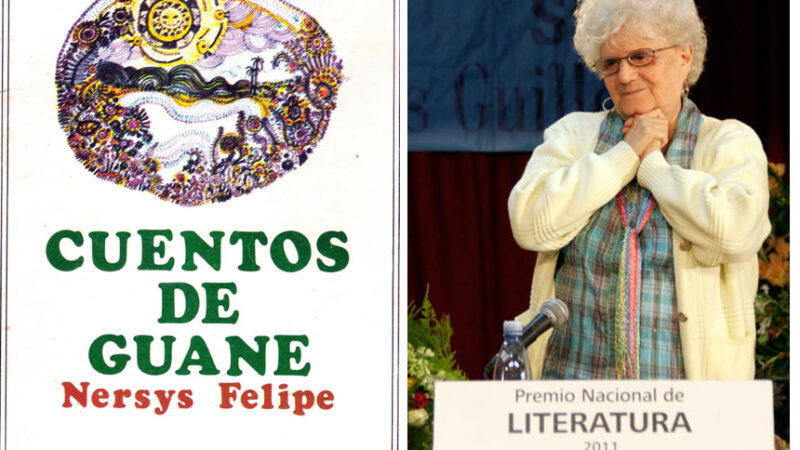Nelson Domínguez Cedeño and the certainty of doubt
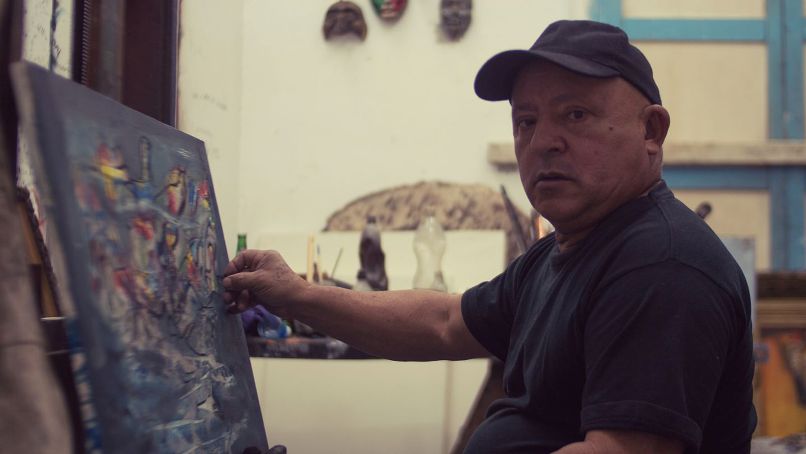
For the Korean philosopher Byung Chul-Han, contemporary society faces an existential dilemma in confronting reality in its reflection of immediate material spirituality. Success, says Han, requires a negativity that is not seen as extreme pessimism, but from its dialectical and therefore dynamically transformative side.
As a result, avoiding experience and learning from failure can limit alternative solutions. Nelson Domínguez Cedeño, for example, studies doubt. In his work, research has no defined comfort zone. Restlessness becomes a reference and a compass, with the cardinal points determined by the paths of research.
«I am more passionate about doubt than about what is already known. I prefer paths to beaten tracks, although I know that every long road is made up of and nourished by paths, which we enter and leave without fear of losing the market or the customers inside and outside.»
If we look at entertainment from three perspectives with successive levels of depth of content, at a more superficial level we have the impressionistic and unreflective perspective. At the deepest level we find a proposal for dialogue with the authors. This level requires more effort, but it is the most reassuring.
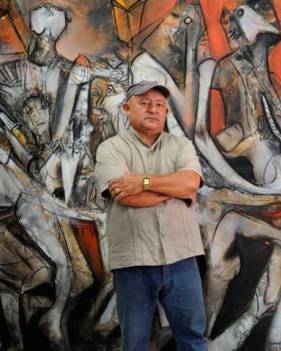
For Nelson Domínguez Cedeño, the invitations to this level begin with a personal approach. The approach to cultural themes, religious syncretism or popular meaning is an integral part of artistic creation. Taking on this commitment in forms such as painting, engraving, ceramics or sculpture implies an indispensable and unique authenticity.
«I always take many risks. I’m not afraid and I’m not satisfied with success. Even if a painting has a very beautiful part and I feel that another part is wrong and therefore needs to be removed, I’ll do it. I work on the basis of doubt. I always doubt myself and my work. It has been good for me,» says Domínguez.
His works are part of several Cuban institutions, as well as several personal exhibitions in public and private collections in countries such as the United States, Japan, Spain, Nicaragua, Mexico, Germany, Italy, Russia, Canada, Argentina, Sweden, Holland, Brazil, Sweden, Colombia, Panama and Chile.
The use of different techniques gives his compositions a unique character. As the art critic Tony Piñera points out:
«Involvement, deep reverie of the material, resistance. And when you look across so many achievements and attempts, across that abyss that separates the present moment from everything that has gone before, resistance takes on a metaphysical character, bordering on the mystical: it is an affirmative survival that warns that the last word has not yet been spoken. And that, despite all the revelations, there is something permanent in a sacred mystery charged with silence. It is the silence of the land, of the Cuban landscape, which the artist knows perfectly.»
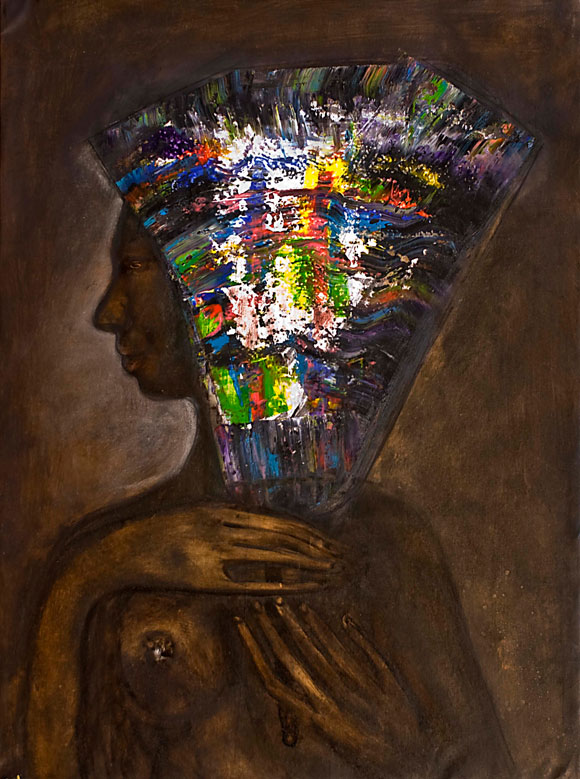
Poetry, Cuba and life come together in dialogue with the audience. The colloquium starts from an individual universe in the state of a person who paints for himself with the aim of capturing his inner self.
The artist, who had the privilege of being Antonia Eiriz’s assistant, is a professor at the University of the Arts (ISA) and the National School of Art (ENA), and is a member of the Union of Writers and Artists of Cuba and the International Association of Visual Artists (ALAP).
Winner of the National Plastic Arts Prize (2009) and recipient of the Alejo Carpentier Order, he will celebrate his 76th birthday on 23 September. The learning process, the doubts and questions in his creation and the answers offered by this man from the frontier of art have allowed us to witness the career of one of the maestros of contemporary Cuban art.
«Basically, I want to make a painting without much complexity. Sometimes the simplest things are the most difficult, because they require conclusions. The elementary is made up of complex things,» he rightly says.
Translated by Luis E. Amador Dominguez


